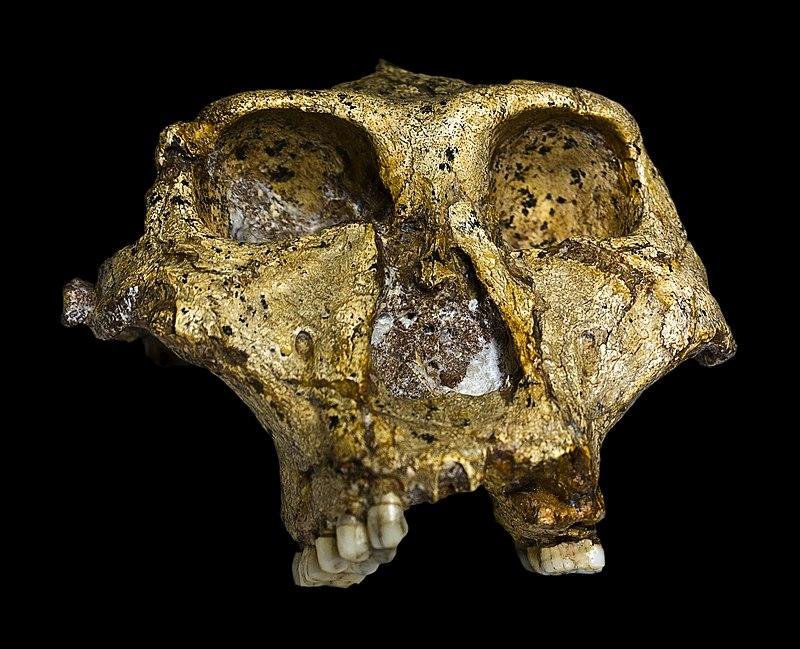Genetic information from an ancient human relative has been extracted, making it the oldest such data recovered to date.
This remarkable discovery involved analyzing protein sequences from several Paranthropus robustus tooth fossils found in a South African cave, dating back to around two million years ago.
 The original complete skull (without mandible) of a 1,8 million years old Paranthropus robustus, discovered in South Africa. Credit: Wikimedia Commons/José Braga;Didier Descouens
The original complete skull (without mandible) of a 1,8 million years old Paranthropus robustus, discovered in South Africa. Credit: Wikimedia Commons/José Braga;Didier Descouens
The genetic data retrieved from these fossils are the oldest ever collected from any hominin, pushing back the genetic record to previously unimaginable times and places, according to scientists.
The study, led by Enrico Capellini from the University of Copenhagen, involved the use of mᴀss spectrometry to analyze proteins in the enamel of the teeth.
One of the proteins they identified, called amelogenin-Y, indicated that two of the teeth belonged to males, while the other two teeth were likely from females based on the presence of the X-chromosome version of the protein.
Using the data from 400 sequenced amino acids, the researchers constructed a simple evolutionary tree, which confirmed that Homo sapiens, Neanderthals, and Denisovans are more closely related to each other than they are to the two-million-year-old Paranthropus robustus.
This new genetic data from ancient proteins is considered a transformative breakthrough for palaeoanthropology, potentially aiding in understanding the evolutionary lineage of early hominins.
Proteins, being more resilient than DNA, allow researchers to push back the molecular record and provide insights into hominin relationships that were previously challenging to determine. However, some experts remain cautious about the extent to which ancient proteins can provide clarity compared to DNA analysis.
The preservation of the teeth’s genetic material is attributed to the arid area being affected by flash floods, ensuring exceptional preservation. While this may limit the number of similar fossils found in this particular location, the techniques used in this study can potentially be applied in other geological sites.
This groundbreaking research has opened new possibilities for understanding ancient evolutionary lineages and the complex family tree of human beings.
Paranthropus robustus is an extinct hominin species that lived approximately 1.2 to 2 million years ago in Southern Africa, particularly in present-day South Africa.





